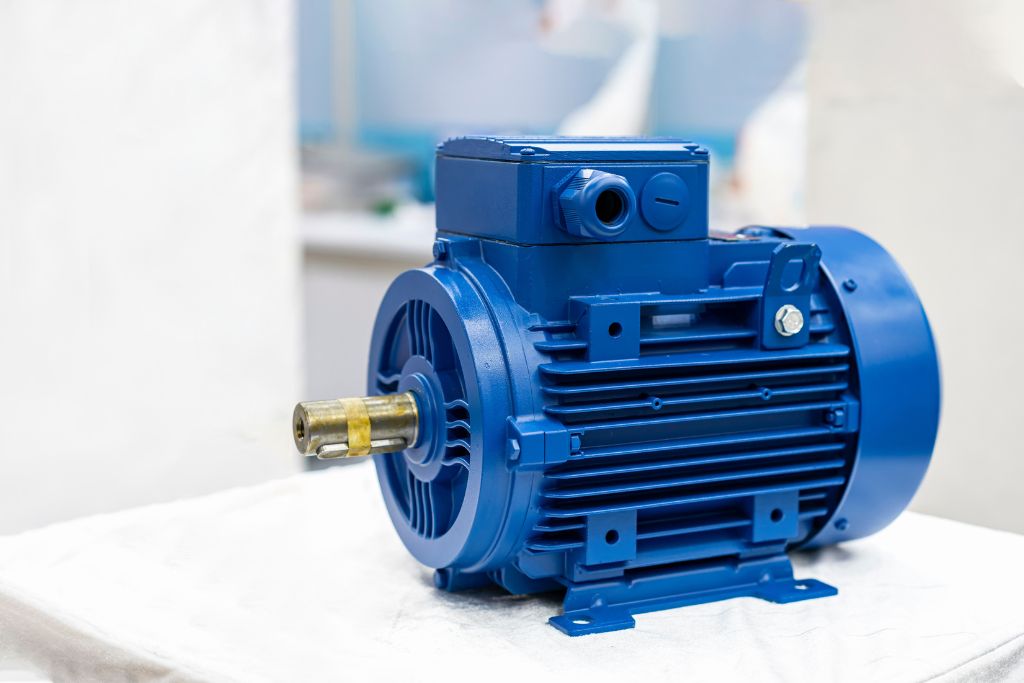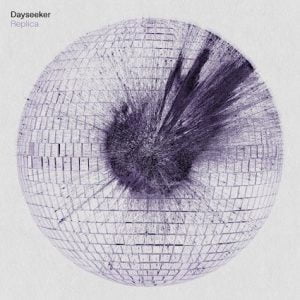Explore these factors that impact electric motor performance. To ensure machine-quality results, the source of power must remain in optimal condition.
Electric motors, the workhorses of the industrial world, are a testament to human ingenuity and the relentless pursuit of efficiency. They operate behind the scenes, converting electrical energy into mechanical motion, making possible the tasks that fuel our economy.
Like any mechanical system, the efficiency and longevity of electric motors depend on various factors that impact electric motor performance. Recognizing and understanding these factors is key to optimizing your electric motors, ensuring functionality, and sustaining smooth operations.
Poor Lubrication
The role of lubrication is to reduce friction between the motor’s moving parts, particularly at the bearings, and help disperse heat generated during operation. Too much lubrication can cause energy loss that subsequently leads to overheating. Too little lubrication can result in increased friction and wear between moving parts. It is crucial to follow manufacturer recommendations for lubrication frequency and use the right type of lubricant to avoid these issues.
Dirt and Contamination
Dust and dirt are problematic, as they can clog the motor’s cooling system. Electric motors generate heat, a portion of which goes through built-in cooling mechanisms such as vents and fans. When these cooling systems clog with dirt or dust, the motor’s ability to dissipate heat decreases. This can lead to overheating, damaged internal components, including windings and bearings, and motor failure.
Age and Wear
Over time, the efficiency of the motor can decrease due to the wear and tear of its components, including bearings, seals, and insulation. The most apparent sign of aging and wear in electric motors is poor performance. This can manifest as the motor struggling to start, overheating, or generating excessive noise or vibration. Monitoring these symptoms is crucial because they’re clear signs it’s time to replace your electric motor.
Voltage Imbalances
Voltage imbalances in an electric motor can have detrimental effects on its performance and lifespan. One primary concern with voltage imbalance is the excessive heat it generates in the motor. An imbalance of just 3 percent can result in a 25 percent increase in operating temperature. This increase in heat can accelerate the degradation of the motor’s insulation and bearings, leading to premature failure.
Misalignment
Misalignment in an electric motor is a condition where the motor’s shaft and the load it is driving do not align. This could be due to several factors, including improper installation, foundation shifts, or bearing wear. The consequences of misalignment could damage electric motor performance and its operational lifespan. The primary effect of misalignment is excessive vibration.
There are several factors that can affect the performance of your electric motor. Regular maintenance and vigilance can help identify most issues before they lead to a breakdown. Be proactive in maintaining your machinery, and you’ll see the benefits in your operations’ efficiency and longevity.





















